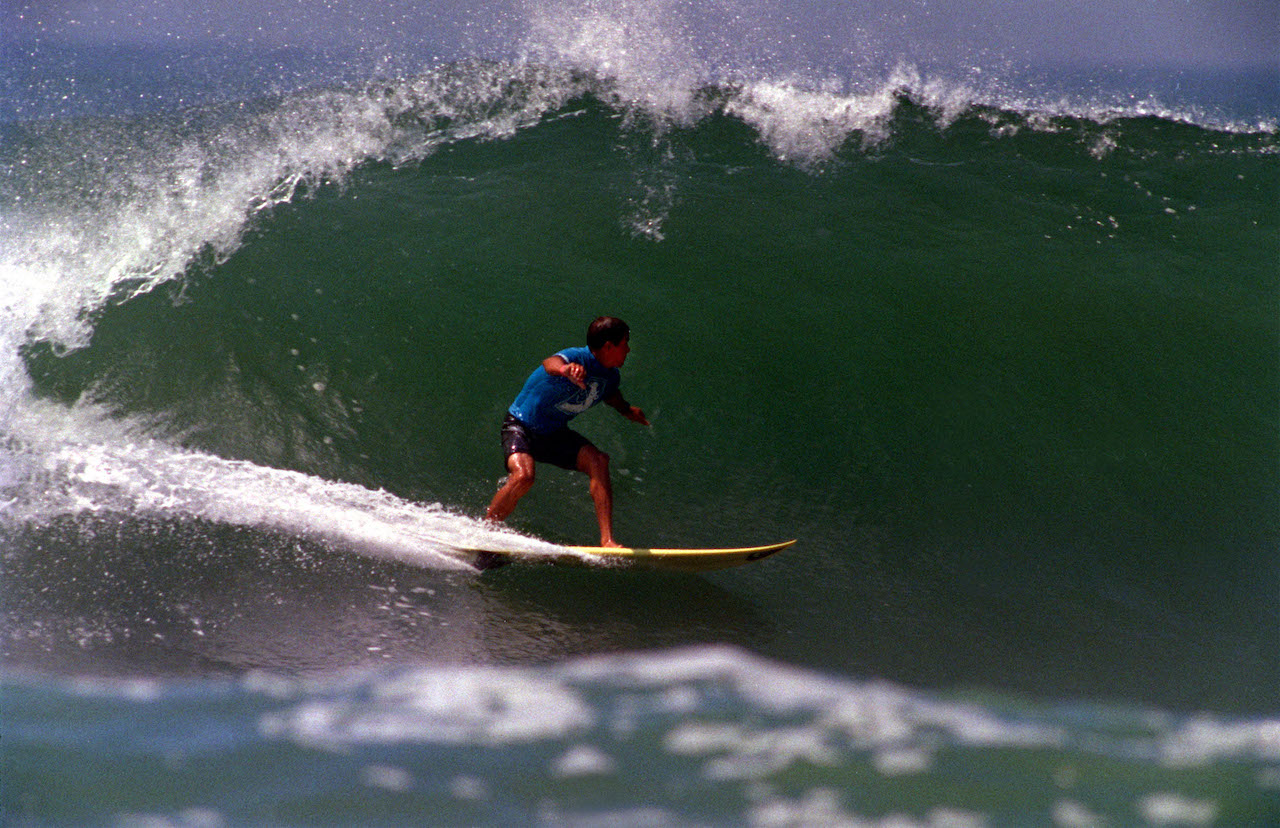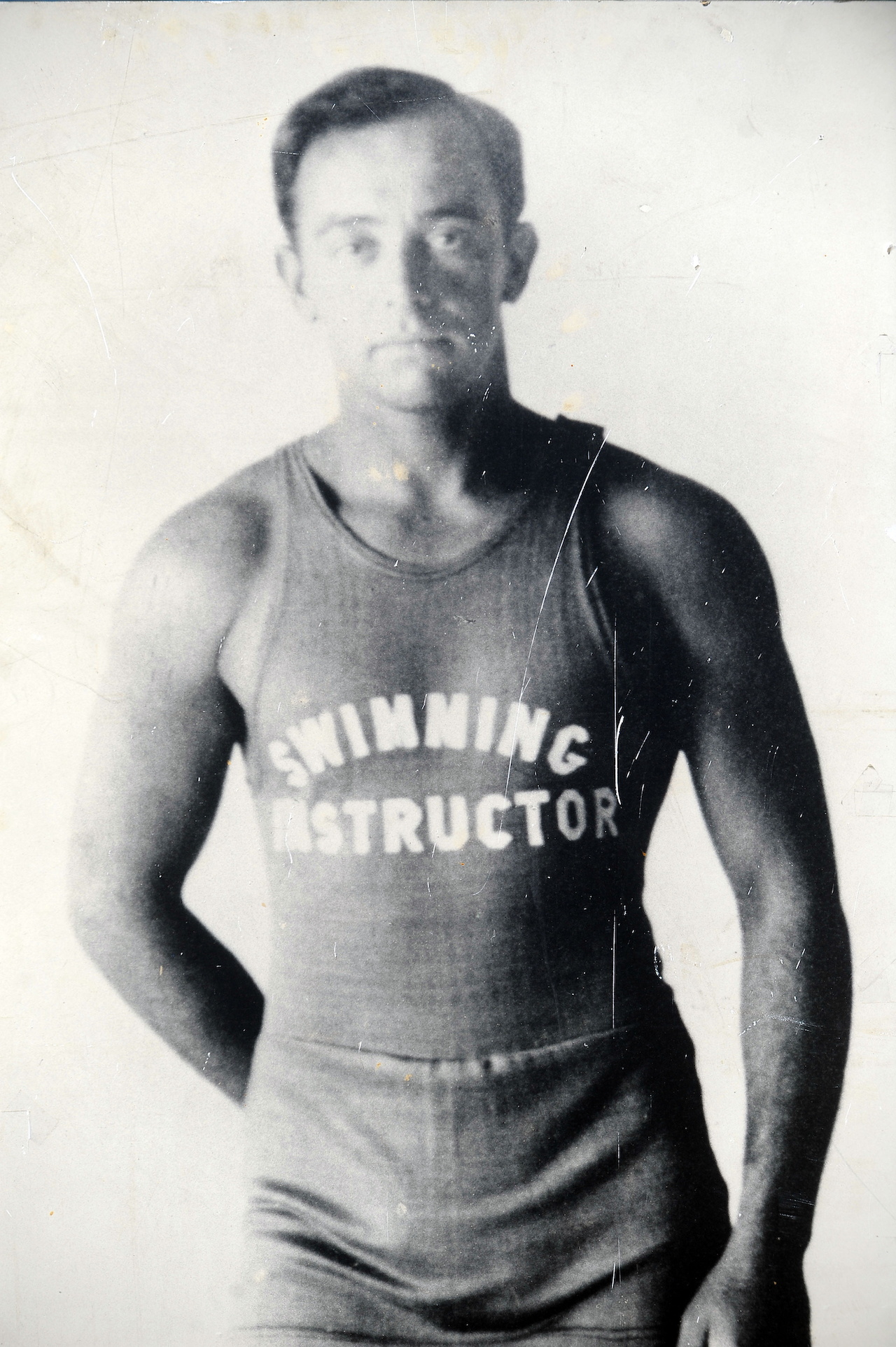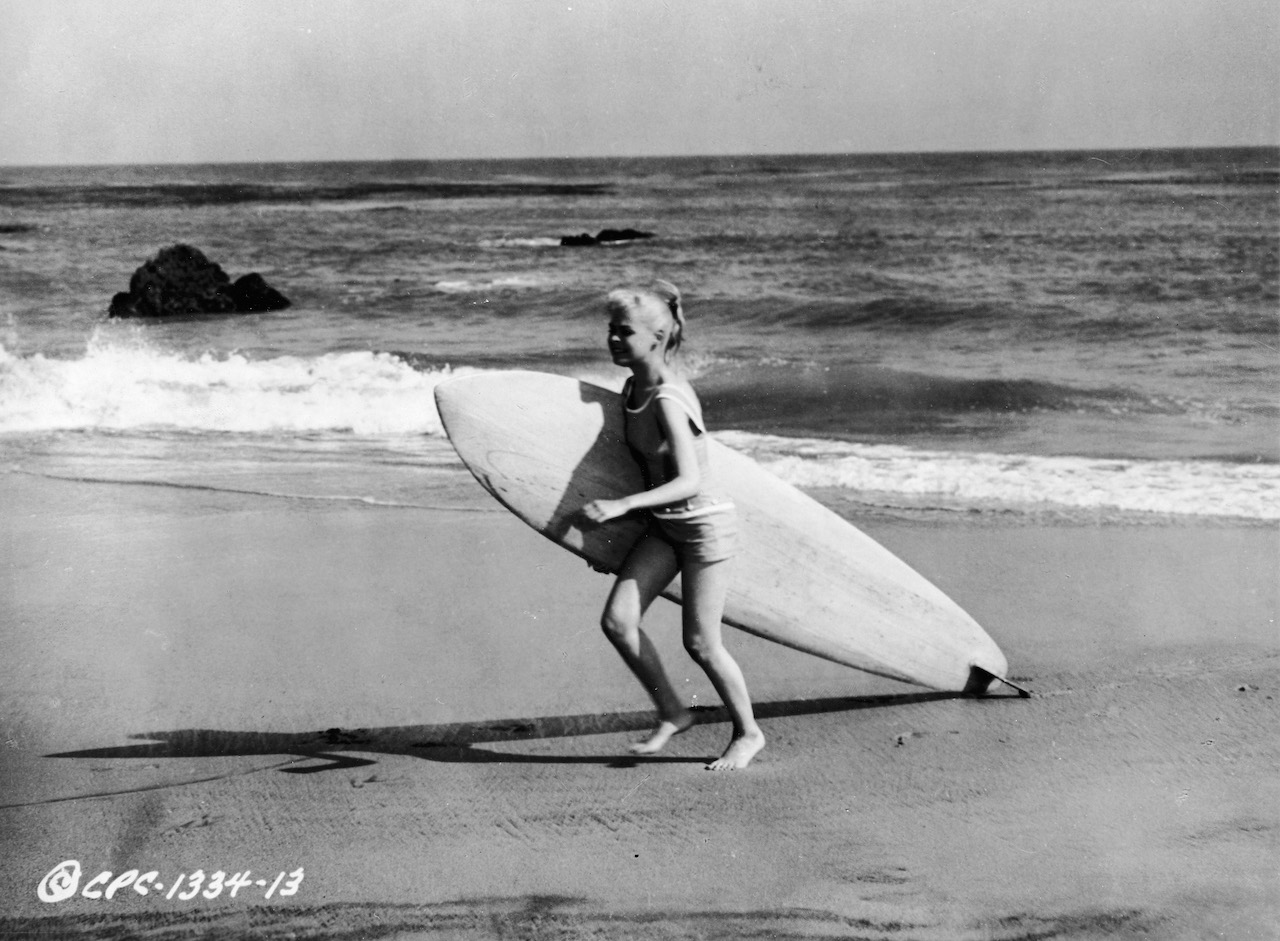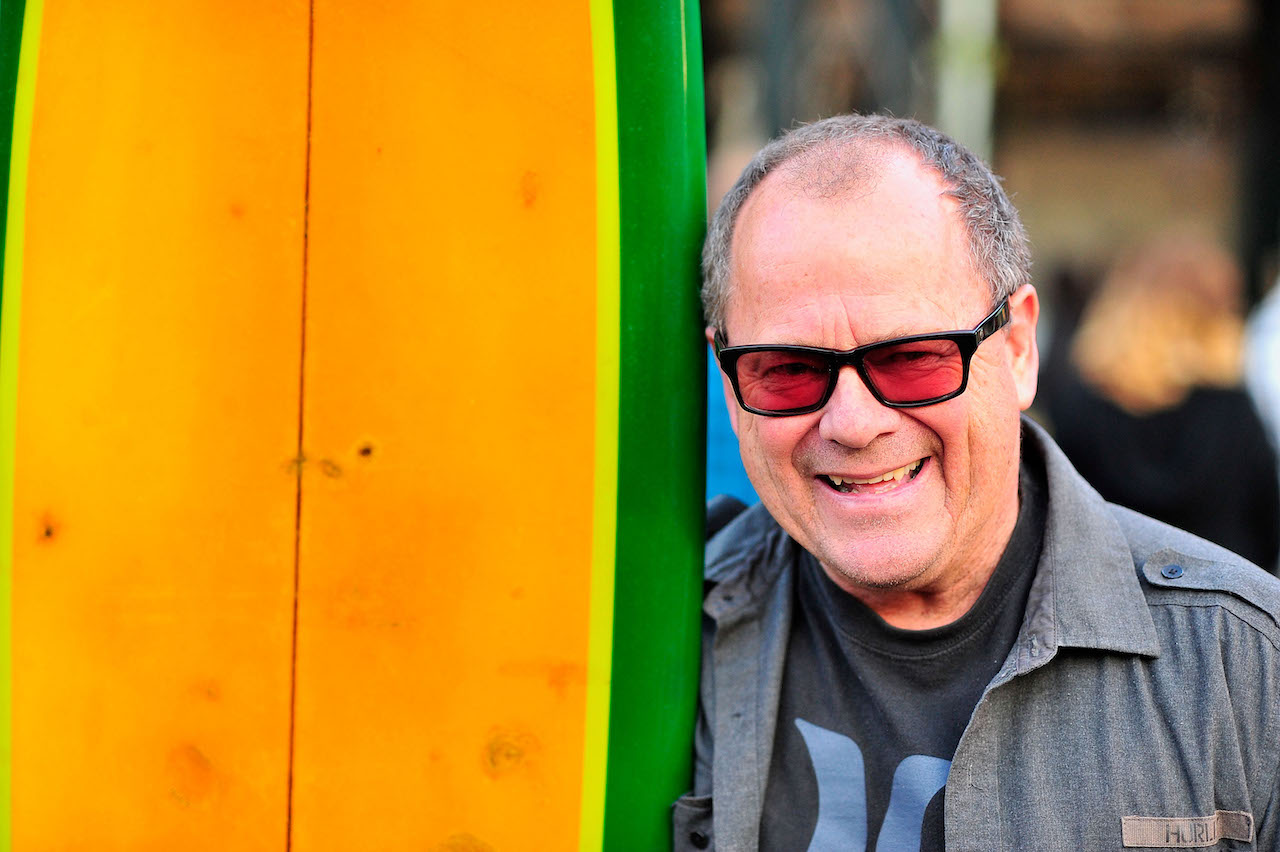

The heart of Huntington Beach resides in the ocean — or, rather, its waves. The ever-present pods of wetsuit-clad adventurers bob on the water’s surface, waiting to take on the tide, glide along the breakers and master the way of the waves.
California has always been the epicenter of beach culture, but in Surf City USA, it’s more than just a sport, it’s a lifestyle. In fact, the aquatic pastime is so omnipresent that Huntington Beach claimed rights to the coveted moniker “Surf City USA” after the seaside destination in Ocean Country won a 2008 legal battle against Santa Cruz over its use.
Huntington Beach was incorporated in 1909 under the city’s first mayor, Ed Manning. Its original developer, Huntington Beach Company, was owned and led by its namesake, Henry Huntington. The real-estate developer/railroad magnate was responsible for building Southern California’s iconic Huntington Beach Pier.
While surfing originated in Hawaii, legends and pioneers of the sport have transformed Huntington Beach into both the birthplace and current nucleus of surfing in SoCal. In 1914, George Freeth baptized the waves as the first surfer at the famed Huntington Beach Pier. Widely recognized as the first surfer in the US, the American lifeguard and swimming instructor was invited by Huntington to celebrate the newly completed 1,350-foot-long concrete pier with an awe-inspiring demonstration of his surfing prowess.

Freeth, who is of Native Hawaiian descent, and fellow Hawaiian surfer Duke Kahanamoku introduced the pastime to the United States. Kahanamoku made his first visit to sunny Huntington Beach in 1925, surfing alongside local legends — two of Huntington Beach’s first lifeguards, Delbert “Bud” Higgins and Gene Belshe. The Olympic gold medalist was inducted into the Surfing Walk of Fame in 1994, and has a regal bronze bust in his likeness sitting at the center of the Surfers’ Hall of Fame on the corner of Main Street and the Pacific Coast Highway in Downtown Huntington Beach.
What started as a beloved hobby, began to gain in popularity. The HB Pier Club attracted swaths of wave-ready locals in the 1950s when surf shops began cropping up with abandon, from Gordie Duane’s establishment to Jack Hokanson’s Jack’s Surfboards and, eventually, Quicksilver. In 1959, the first U.S. surf competition, the West Coast Surfing Championship, took place in Huntington Beach, where contestants wore numbered jerseys and helmets. Judging was based on the difficulty of maneuvers performed and the length of the ride.

With smash-hit songs inspired by Huntington Beach, like Jan and Dean’s 1963 chart-topping song “Surf City”, sung and co-written by the Beach Boys, the quintessential beach town was immortalized. That same year, the Golden Bear nightclub opened on Pacific Coast Highway in Downtown Huntington Beach, which predominately played folk music. It was there that musician Dick Dale garnered his reputation as the “King of the Surf Guitar,” entertaining audiences with his distinctive surf rock flair.
Films like Gidget and The Endless Summer revolutionized the sport, the latter of which documented the adventures of Huntington Beach High School graduate Robert August and his friend Michael Hynson as they attempt to track down the perfect wave. Soon enough, America caught the wave, so to speak, and surfing culture became a coast-to-coast mainstream pop culture fad.

Today, the town remains the base for all things surfing. It’s home to both the Surfing Walk of Fame and the Surfer’s Hall of Fame as well as the Huntington Beach International Surfing Museum. And the surf is still known for its consistent swells, rarely going flat and drawing in surfing stars like Orral W. (Blackie) August, Brett Simpson, Courtney Conlogue, 11-time World Surf League champion Kelly Slater and the legendary 1st World Champion of Surfing, Peter “P.T.” Townend.
Townend now is dedicating his time to safeguarding the rich history of his beloved pastime. He serves as the project director of the Surfing Walk of Fame and executive director of the Huntington Beach International Surfing Museum. He also curates the exhibitions, showcasing an immense catalogue of the greatest surfboards of all time and preserving the city’s local surfing history and culture. While a retrospective for the 40th anniversary of the OP Pro surfing competition is currently on display, one dedicated to Duke Kahanamoku, the “godfather of surf culture,” will be showcased just in time for the US Open of Surfing this August.

One of the largest surfing competitions in the world, the US Open of Surfing has had quite the evolution. Beginning with the West Coast Surfing Championship of 1959, the event grew into the OP Pro in 1982 (which Townend helped start). It’s where priority buoy was used for the first time in a professional competition and it’s now the standard marker at pro events. The contest became the US Open in 1994. Serving as one of the qualifying rounds for the World Surf League’s Championship Tour, the competition is said to draw in over 750,000 people who view the impressive athletes.
Throughout his career, Kahanamoku won five Olympic medals, three of which were gold, for his unique and powerful style of swimming in Olympic Games in 1912, 1920 and 1924. “He always wanted his sport of surfing to be included in the Olympics,” Townend tells GRAZIA: Gazette. In commemoration for the upcoming US Open of Surfing, Townend has decided to title the exhibit: “Duke’s Dream Came True—Surfing’s Road to the Olympics.”
Townend was just 23 when he became the first World Champion of Surfing in 1976. The Australian– born surfer grew up in Coolangatta on the Gold Coast, where, according to Townend, locals “can’t help but end up on the beach.” The world champ got his start in the “very beach-oriented nation” as a part of the Clubbies — the movement where lifeguards would paddle out on surfboards. “During the 1960s, surfing was beginning to rise and around the same time, I was becoming a teenager and I got my first surfboard,” Townend recalls. “That’s how it all began.” The wave rider decamped to California in 1972 as a teenager on the Australian National Surfing Team.
He was inducted into the Huntington Beach Walk of Fame in 1998, followed by the the Australian Hall of Fame and the International Surfing Hall of Fame.
While the Huntington Beach transplant has called Surf City USA his home for almost 50 years, the waves of Coolangatta still have his heart. “I’m going to be biased and say back home in Australia [has the best waves], even though I haven’t lived there in years,” he admits.
But Townend explains what’s always set Huntington Beach apart from others: “It’s all about the pier,” he says, adding the iconic structure immediately created surf breaks on the North and South side. In 1992, after it received significant damage from winter storms, Huntington Beach raised funds to repair the iconic pier, extending the platform 13 feet higher and 20 feet longer than its predecessor. It now reaches 1,856-feet into the Pacific Ocean.

“Both sides of the pier get excellent waves, consistently — that’s one of the main attractions,” the pro shares. “And the fact that we’re a city with a whole 8 miles of beach — there’s not too many cities in California with that luxury.”
Those aren’t the only reasons Huntington Beach is the go-to hotspot. “Part of it is the history around how surfing developed around the pier,” Townend says. “People can walk out on the pier and watch people surfing at close range. That makes a huge difference. You just can’t get that same spectator view on an open beach.”
Read the new GRAZIA Gazette: Spring Fashion edition:














